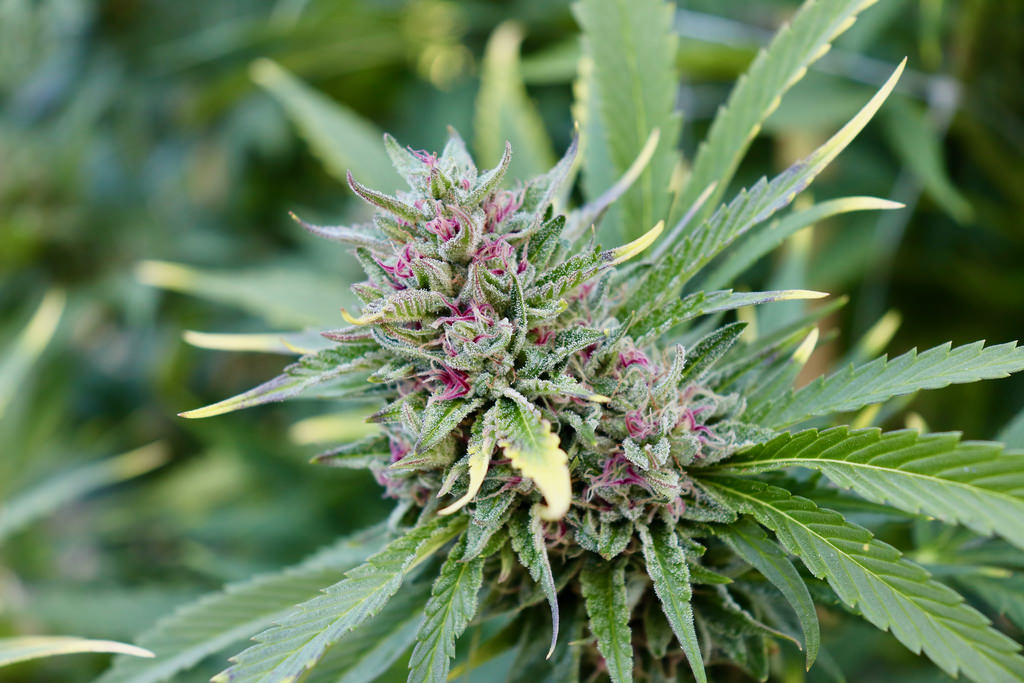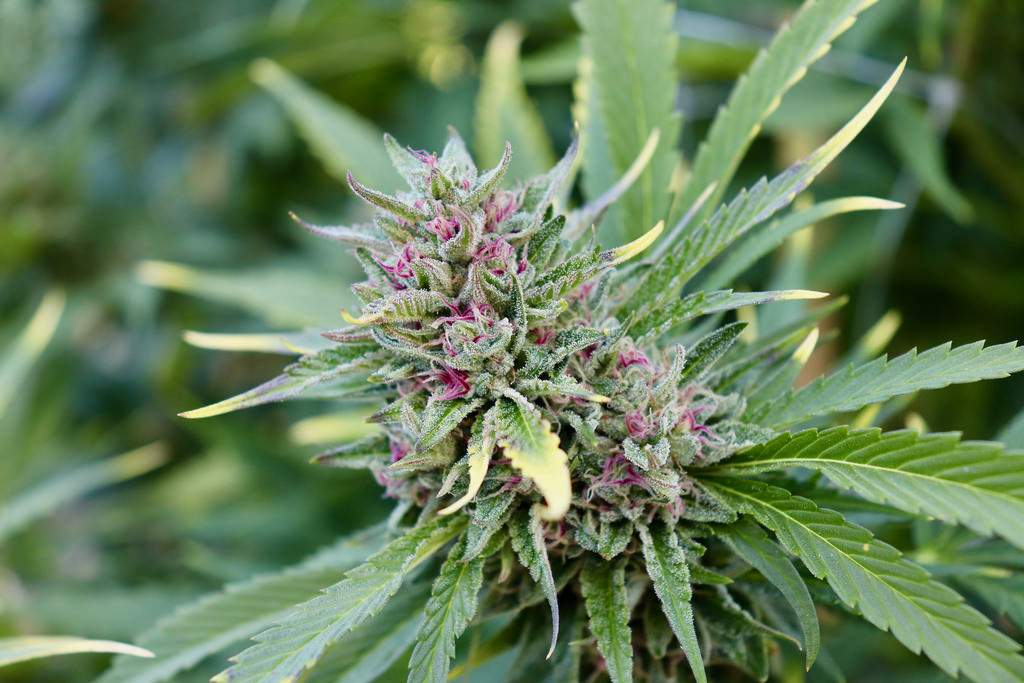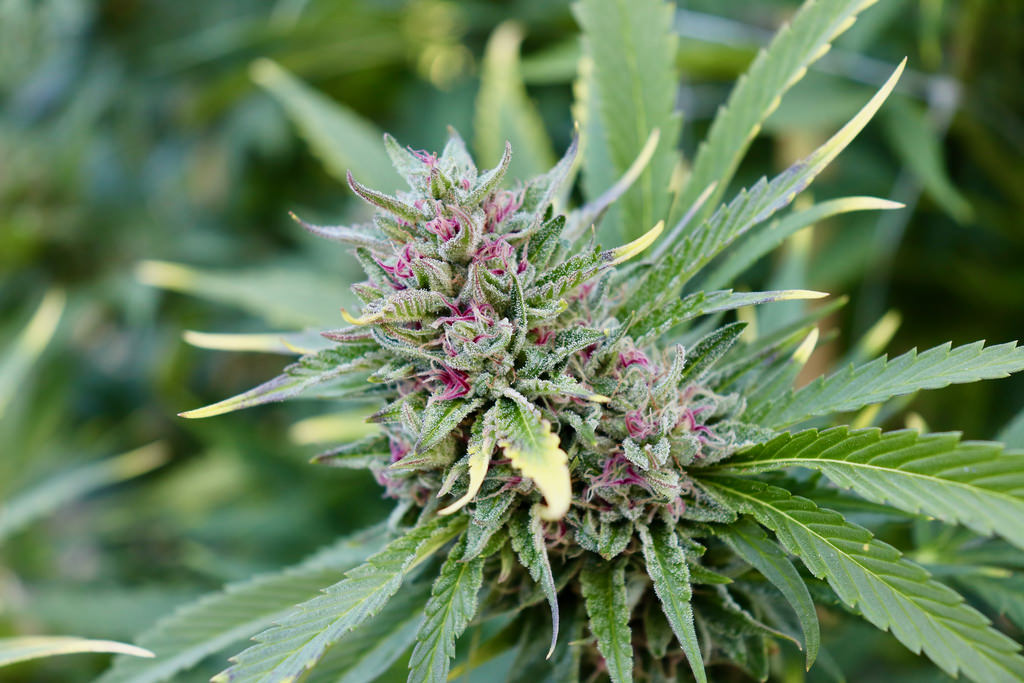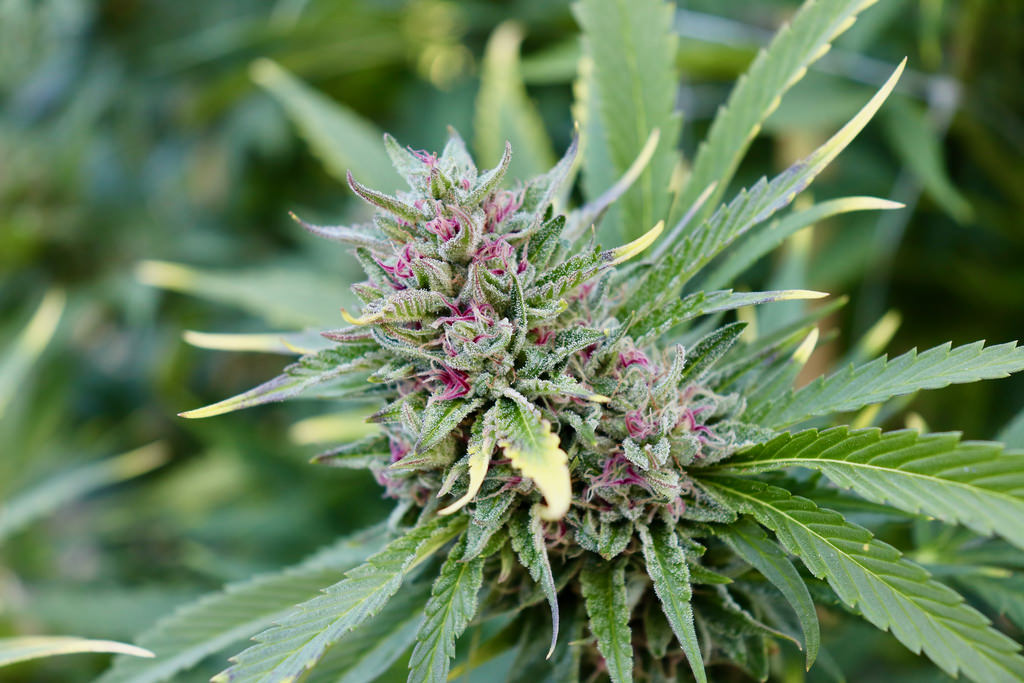1. LEGAL AND POLICY FRAMEWORK
Police Discretion in UK Cannabis Enforcement
1.1 CLASSIFICATION OF CANNABIS
Current legal status: Cannabis is classified as a Class B controlled substance under the Misuse of Drugs Act 1971, with penalties including up to 5 years’ imprisonment or an unlimited fine for possession. However, a “cannabis warning”—a non–conviction recorded warning—is available for small amounts intended for personal use .
Historical shifts: In 2004, cannabis was downgraded to Class C, intended to reduce prosecutions and allow police to refocus on harder drugs. In 2009, it returned to Class B after concerns about rising usage despite falling consumption trends .
1.2 DISPOSALS AND OUT-OF-COURT MEASURES
Cannabis Warnings: Issued for first‑time adult offenders possessing small amounts; recorded but non-conviction.
Penalty Notices for Disorder (PNDs): Fixed‑penalty notices (e.g. ~£90).
Community Resolutions: Warnings or educational referrals to avoid criminal charges.
Formal Arrest or Prosecution: For repeat offences, public use, intent to supply, proximity to youth institutions, or where diversion schemes aren’t in place. Officer judgment is essential .
—
2. POLICE DISCRETION IN PRACTICE
2.1 GUIDANCE ON OFFICER DECISION-MAKING
ACPO guidelines (2003): Following reclassification, guidance urged a “presumption against arrest” for small-quantity possession. Arrest reserved for aggravating factors (public smoking, repeat offences, youth, local concerns) .
Variability across forces: A 2004 Guardian survey revealed stark variation—some forces defaulted to arrest, others preferred warnings—leading to “justice by postcode” .
2.2 OPERATIONAL DISCRETION AND CHALLENGES
Limited recall of complex guidance: Studies (e.g. North Yorkshire, 2018) show officers often struggle to remember multi-tiered disposals for young people, tending toward simpler solutions .
Smell as a trigger: Officers frequently cite cannabis odor as reasonable suspicion for stop-and-search, but this is legally questionable and may violate PACE standards .
Performance targets incentive: The inclusion of cannabis warnings in “sanction detection” statistics inflated warnings, diverting resources and incentivizing minor-cannabis policing .
2.3 REGIONAL PILOT SCHEMES
Pilot initiatives: Various police forces (e.g. Durham, Thames Valley, West Midlands) have trialled cannabis diversion schemes, treating possession as public-health cases rather than criminal offences .
Positive outcomes: A West Midlands pilot reported that 89% of offenders diverted to the “DIVERT” scheme were not re-arrested for cannabis possession in the following six months .
—
3. ISSUES OF INCONSISTENCY AND BIAS
3.1 “JUSTICE BY POSTCODE”
The discretion granted to officers and differing local policies has produced inconsistent enforcement across districts. Some areas frequently arrest over minor possession, others mostly issue warnings .
3.2 ETHNIC DISPARITIES
Stop-and-search bias: Data show Black people are stopped for drug suspicion at 8.7x the rate of white people, despite lower drug use .
Arrest and conviction disparity: Studies reveal Black individuals are more likely to be prosecuted and convicted for cannabis offences than white counterparts .
Lammy Review findings: Ethnic disparities extend into sentencing; BAME individuals are disproportionately represented and penalized in cannabis-related proceedings .
3.3 RESOURCE ALLOCATION AND PRIORITISATION
Critics like former Met commander Brian Paddick argue cannabis possession policing diverts focus and resources from serious and violent crime, wasting hours on minor offences .
—
4. IMPACT ON COMMUNITIES AND PUBLIC TRUST
4.1 EROSION OF PUBLIC CONFIDENCE
Heavy use of stop-and-search based on subjective factors like smell fuels distrust among youth and BAME communities, who see this as harassment rather than crime-fighting .
4.2 STIGMA AROUND MEDICAL CANNABIS
A 2024 survey showed 28.5% of UK police officers were unaware that prescribed cannabis-based products are legal, highlighting misinformation among law enforcement and contributing to stigma .
4.3 OPPORTUNITIES FOR DIVERSION AND EDUCATION
Community resolutions and awareness schemes—like Thames Valley’s cannabis-awareness course—show promise in reducing re-offending and promoting harm reduction .
—
5. POLICY DEBATE AND REFORM DIRECTIONS
5.1 CALLS FOR DECRIMINALISATION OR LEGALISATION
Advocates (e.g. Simon Jenkins, Mayor Sadiq Khan) argue criminalisation is ineffective, causes racial injustice, and misallocates police resources. Comparisons to Portugal, US, Canada, Germany support reform .
Opponents, including certain police chiefs and commissioners, warn of rising cannabis-related violence and psychosis linked to strong strains; some call for reclassification back to Class A .
5.2 FORMALISING LOCAL DISCRETION AND REDUCING PERFORMANCE PRESSURE
Academics suggest removing simple cannabis disposals from police performance metrics to discourage use of minor drug offences to boost detection rates .
Others propose amending PACE to prevent judgments based solely on the smell of cannabis to curb misuse of stop-and-search powers .
5.3 REFORMS IN TRAINING AND GUIDANCE
The unclear and varied understanding of cannabis enforcement guidelines suggests a need for improved, consistent training across police forces .
Clarifying and standardizing disposals across the UK—similar to Brixton’s more uniform recorded warnings—could reduce disparity .
5.4 BALANCING PUBLIC HEALTH AND CRIMINAL JUSTICE
New schemes (e.g., cannabis awareness courses) focus on educating offenders rather than punishing, lending credibility to public-health focused enforcement .
However, debates continue about whether these policies send mixed messages or effectively encourage youth to use cannabis .
—
6. FORCES AND SCHEMES ACTING DIFFERENTLY
6.1 PROACTIVE PILOT AREAS
Durham, Lambeth (Met trial in 2001), Thames Valley, West Midlands, and Devon & Cornwall have tested warnings, community resolutions, and referral schemes .
A notable success was Thames Valley’s shift to cannabis-awareness courses, with 71% of cases handled by that route in 2024–25 .
6.2 NATIONAL TRENDS
National data show over 50% of cannabis cases are handled via community resolutions, 16% result in formal charges, and 27% go unresolved due to lack of evidence or interest .
—
7. CONCLUSION AND FUTURE OUTLOOK
7.1 SUMMARY OF DISCRETION’S ROLE
Police discretion offers a flexible range of sanctions from warnings to full prosecution.
However, inconsistency, bias, unclear guidance, and performance pressures undermine its effectiveness and fairness.
7.2 IMPLICATIONS FOR JUSTICE AND PUBLIC SAFETY
Minor cannabis enforcement strains police resources, worsens relations with BAME communities, and potentially diverts attention from more harmful crime.
Conversely, thoughtful diversion promotes harm reduction, reduces recidivism, and rebuilds trust—though critics caution against normalizing use.
7.3 RECOMMENDATIONS FOR POLICY REFORM
1. Standardize disposals across forces to reduce postcode justice.
2. Remove cannabis disposals from sanction-detection targets.
3. Amend legal guidance to ban smell-based stop-and-search as sole grounds.
4. Invest in officer training on cannabis law, especially medical cannabinoids.
Police Discretion in UK Cannabis Enforcement
5. Expand pilot diversion schemes and rigorously evaluate outcomes.
Police Discretion in UK Cannabis Enforcement





